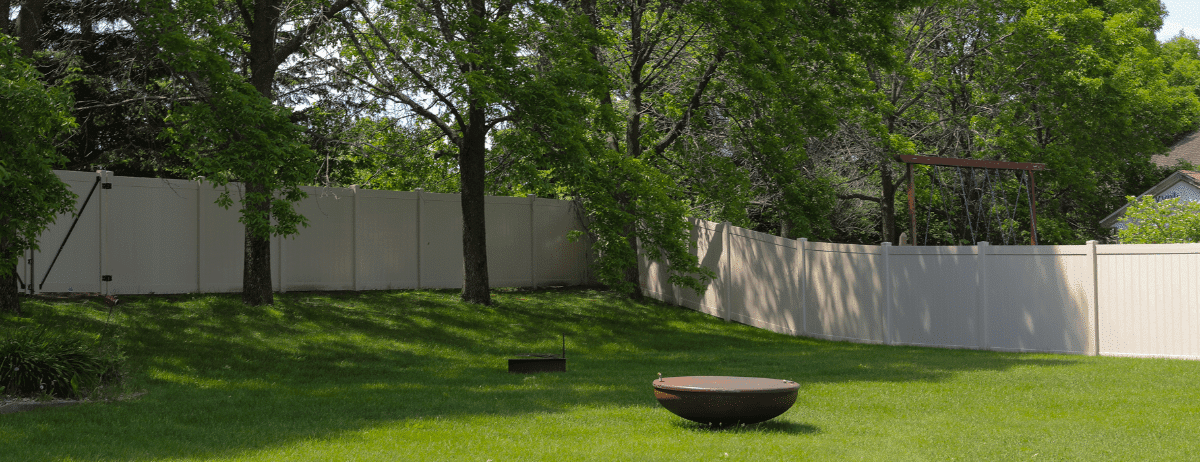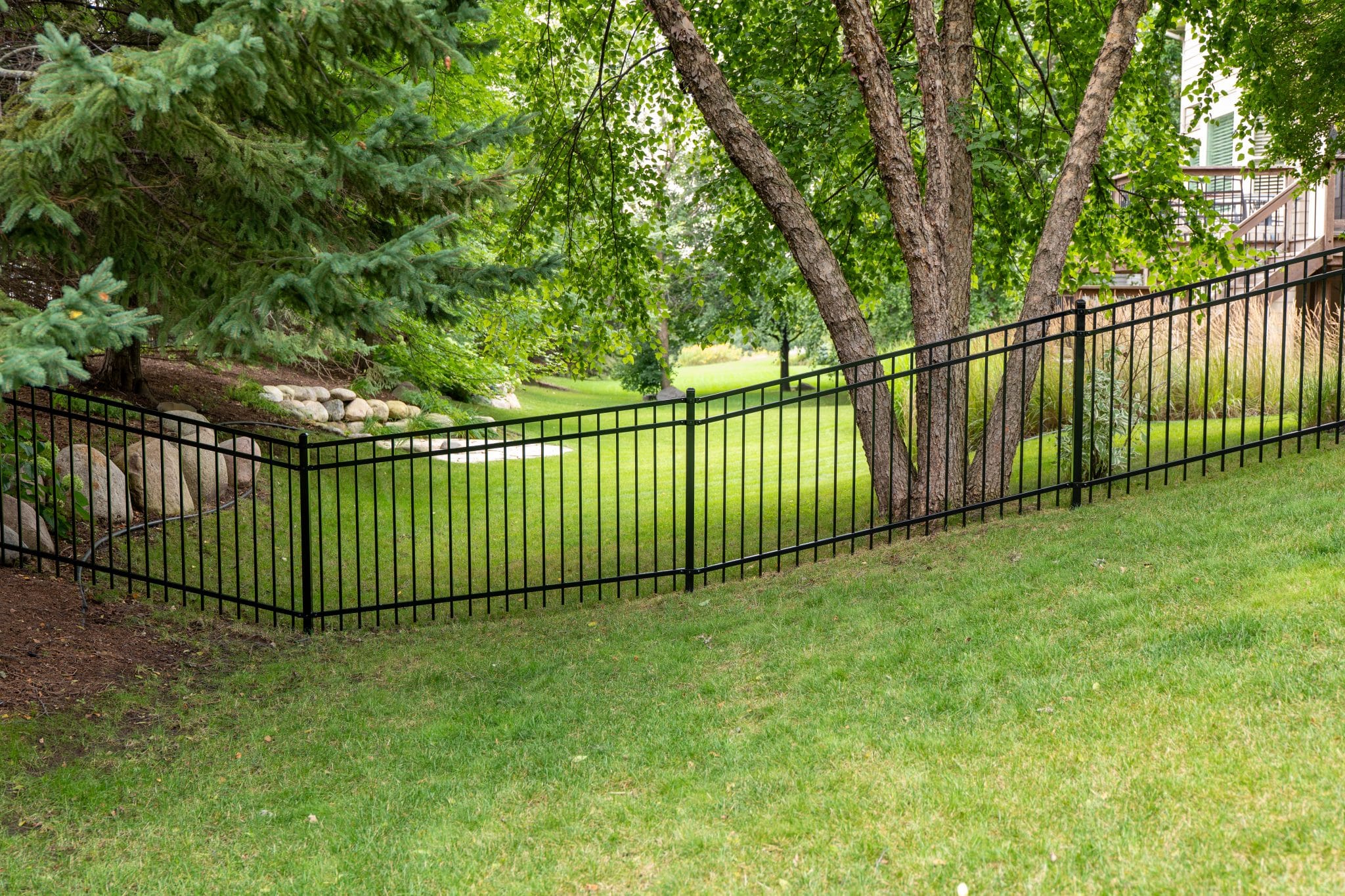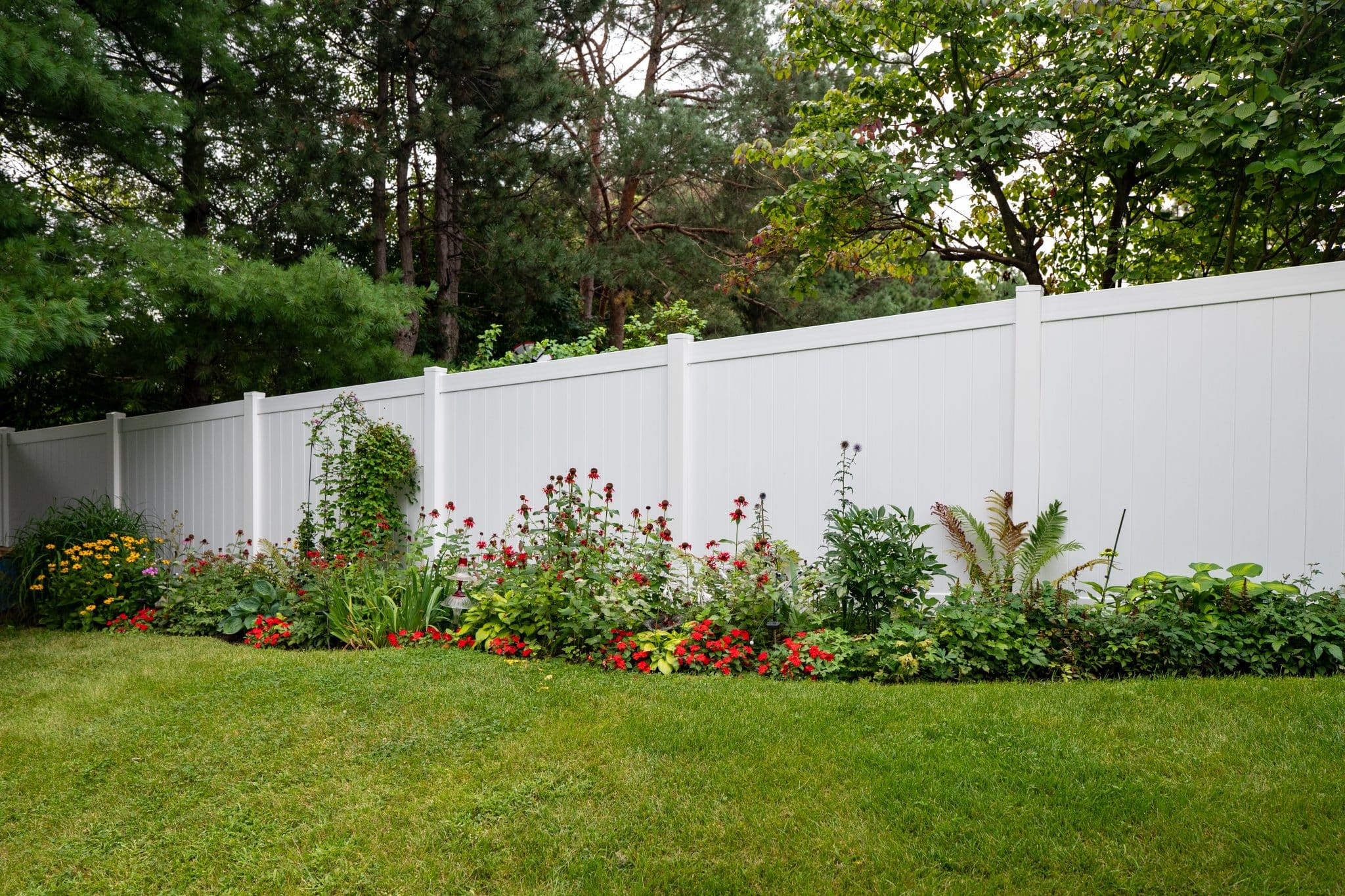You’re dying for a new fence and but your property is located on a hill. While it’s a little more complicated to execute, you can still get your dream fence put up even on a grade. It requires a little more planning, but you can still accomplish this common home task with graded fence installation.
Let’s take a look at what you need to consider when building your fence on your particular type of property. Once you’ve made your decisions, there’s a small overview of what to expect when you’re putting it up. Here’s what you should keep in mind for how to build a horizontal fence on a slope.
Decide on the Type of Fencing
There are a few ways you can handle the slope of your fence. The first thing you should do is choose a method for installing your fence. Each one has pros and cons, so make the decision carefully. Here are two fence on a slope ideas.
Stepped Fence
A stepped fence is one way to handle the grade of a hill. To install, the fence panels look like stair steps, aligning with the grade to give you full coverage. It gradually steps up the slope using fencing panels.
The backer rails are perpendicular to the fence panels and remain that way rather than parallel to the slope itself. It’s a simple solution to the grade of a hill and doesn’t require much special planning or equipment to handle the slope.
If you plan to use the preassembled fence panels, the step method is your only option. It allows you to use the fence panels for ease of assembly. If you don’t know how to put together a fence, this could be a good option.
The downside is that the step method may be unsightly for some people by allowing gaps to happen between the ground and the fence. This could also allow smaller pets to escape or let smaller animals to get into your yard much easier.
Pros:
- Easy to assemble
- Can use fence panels
- Fast application
Cons:
- Leaves gaps
Parallel Method
The parallel method uses individual fence panels to create a smooth parallel with the slope itself. The backer rails stay parallel to the slope, and the pickets remain true vertical. There are no inconsistent gaps between the fence and the ground, providing smooth protection for your property.
It’s a little more complicated to put together because you have to use individual pickets instead of fence panels. If you have long sections of sloping, it may take a long time to do yourself. However, if you have the budget to hire the work out to professionals, it can give you a beautiful sightline for your sloped area.
It will take quite a bit more planning to execute this type of fencing. Depending on where you purchase your materials, it may also add expense through having to buy individual piecing to get the slope just right. And you’ll have to reinforce the pieces to ensure that your fence stays secure.
Pros:
- Better sightline
- No gaps to help keep smaller pets protected
- More professional looking
Cons:
- Requires individual pieces, not panels
Graded Fencing Installation
There are two different graded fence installation processes depending on your chosen method. The panel method requires the least amount of planning, so let’s start there.

Installing the Stepped Fence
- You’ll need to measure your slope to determine the number of panels to buy to cover your slope. Walk the length to ensure you get a proper, quality measurement before you start.
- Begin with the top of the slope and drive a stake where you’d like the fence to start. Drive another stake at the point where the fence ends. This is your plumb line.
- String a mason line from the top of the top stake to the bottom of the stake and then tie it level to the bottom stake. Measure the distance between the string and the ground at the bottom stake. This is your drop.
- Divide the number of panels by the drop to find the individual drop points with each panel. As you’re securing each panel, you can level the tops while ensuring your fence follows a logical line.
- Measure the distance of each panel and dig holes for fence posts. Tie a level line between each post to help ensure you align the panel correctly.
- Measure the drop on each post, so you know where to cut. From there, you can attach the fence panels, hiding the posts.
Installing the Parallel Fence
- Layout your fence line with a top and bottom post and a plumb line. Walk-in between and measure out where your posts will go (either six feet as a standard or based on the length of the posts you have.
- Dig holes where you’ve measured and lay your posts out for a dry fit. Ensure that they’re the length and width that you want. Run a plumb line between the rails to determine the amount of slope you have and whether the sightline is accurate.
- Begin installing your rails following your slope line, ensuring they stay parallel to the ground slope. Secure them to the posts.
- Install your rails, keeping the slope in mind and ensuring that they’re secured to both the top and bottom of the fence rails. Check regularly as you go to ensure that your slope remains parallel to the ground, and the sightline is clean.
- Put on the finishing touches such as rail caps or staining or painting your fence to protect the wood.

Maintaining a Fence on a Slope
It’s essential to ensure that you perform fence maintenance regularly so that your fence holds up. A slope is hard for a fence, so a little preparation goes a long way.
Stepped Fence Maintenance
One of the things many people do once they have their stepped fence is to fill in the gaps at the bottom. This helps support the fence and alleviates some of the pressure from the slope. If you fill in those holes, your fence has extra support. If you have a wrought iron fence on slope, ensure that there is no rust.
Simple dirt fills are one choice, but many people take this chance to do some extra landscaping for fence support. They build flower boxes or other architectural features to ensure that gaps are filled, and the fence has some support.
Another thing you should do is check for erosion that can cause fence sagging. If your steps are looking like the sightline is failing just a bit, it could be due to erosion on your slope. Help avoid this by redirecting any excess water through landscaping features and by ensuring that you continue to support your slope.
Other issues could be maintaining the individual panels and ensuring that any cracks or warping is investigated quickly. A fence on a slope is already under pressure, so make sure you don’t allow a small problem to become a big one. If you have a vinyl fence on a slope, you may also want to check for staining.
Parallel Fence Maintenance
Like the stepped version, you’ll want to make sure that you’re keeping your fence maintained to avoid issues down the road. Parallel fences don’t have the gaps that steps do, but you should always keep an eye on your landscape for erosion. Soil erosion can wear away your fence supports quickly.
Redirect water through landscaping features and check regularly that your sightline is parallel to your slope with no uneven points. If you notice that your line becomes wobbly, that may indicate stress on the fence.
Keep debris away from the fence to prevent moisture and regularly check that small cracks and warps are taken care of. Because your sloped fence is already under a lot of stress, it can be helpful to check for minor issues regularly to help ensure that the fence is always taken care of, and nothing gets out of hand too quickly.
General Maintenance When Dealing With a Slope
Ensure that you keep growth away from both types of fences, so you don’t put stress on your pickets. Signs of warping should be dealt with immediately and don’t use your fence to store things like ladders or lean products against the fence for any length of time.
A little visual inspection goes a long way when you’re fence building. Small issues can turn into big ones pretty quickly, so help keep the fence for as long as possible by taking care of any problems that crop up right away.
Building on Uneven Terrain
A hill isn’t enough to stop you from getting the fence you love. Whether you decide to build using the step method for ease or you do the parallel method for its pretty presentation, your fence can go up in no time.
It can be helpful to get professional help if you don’t know how to build a horizontal fence on a slope. Fencing is complicated enough on flat ground, but a professional can ensure that your fence goes up on the slope with as few issues as possible. Regular fence maintenance and some careful planning can help ensure that you have a beautiful fence for as long as possible.


